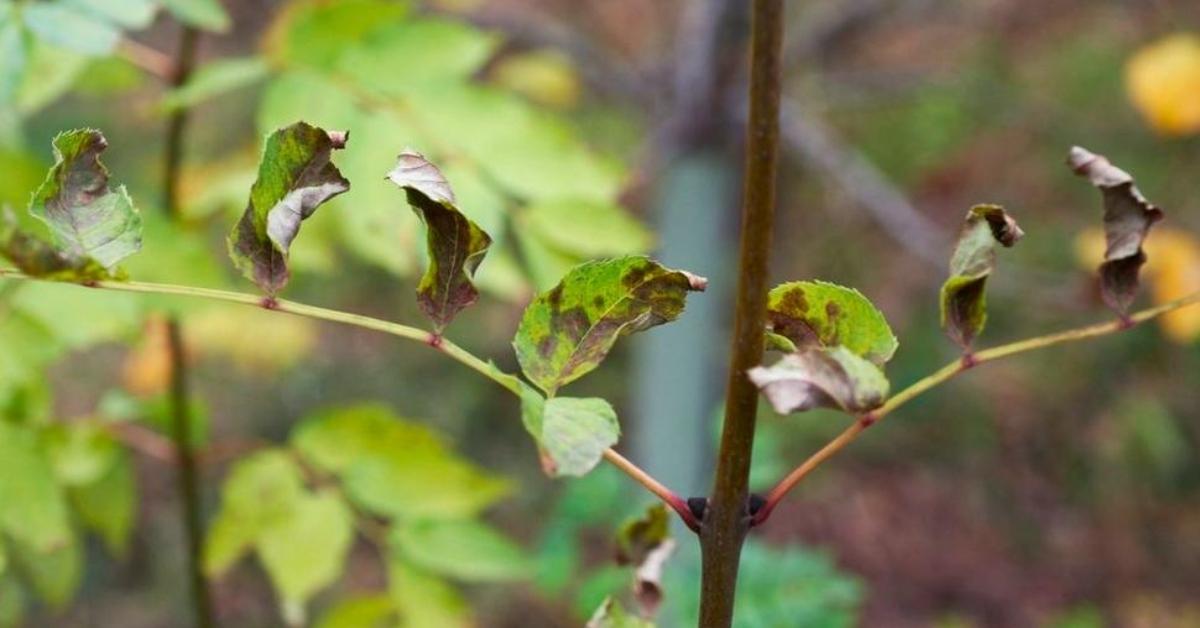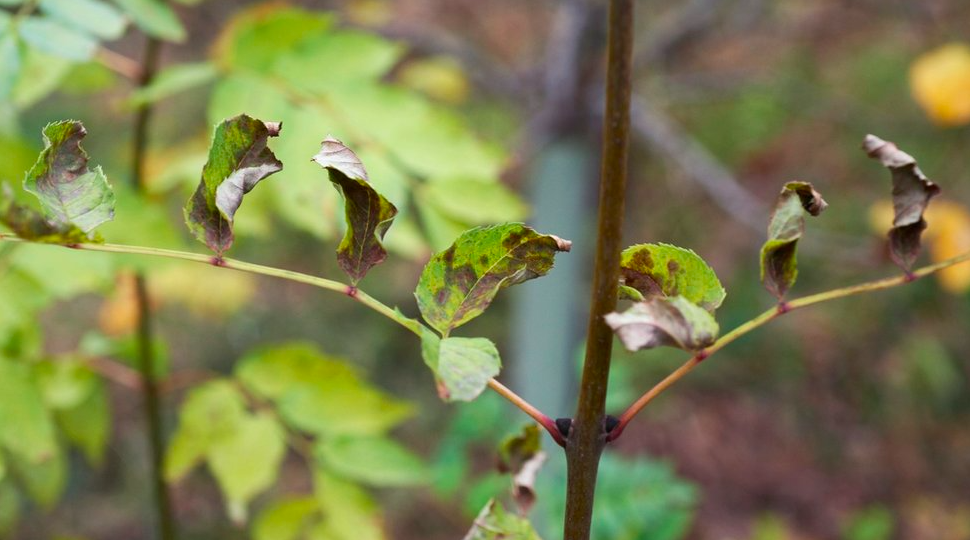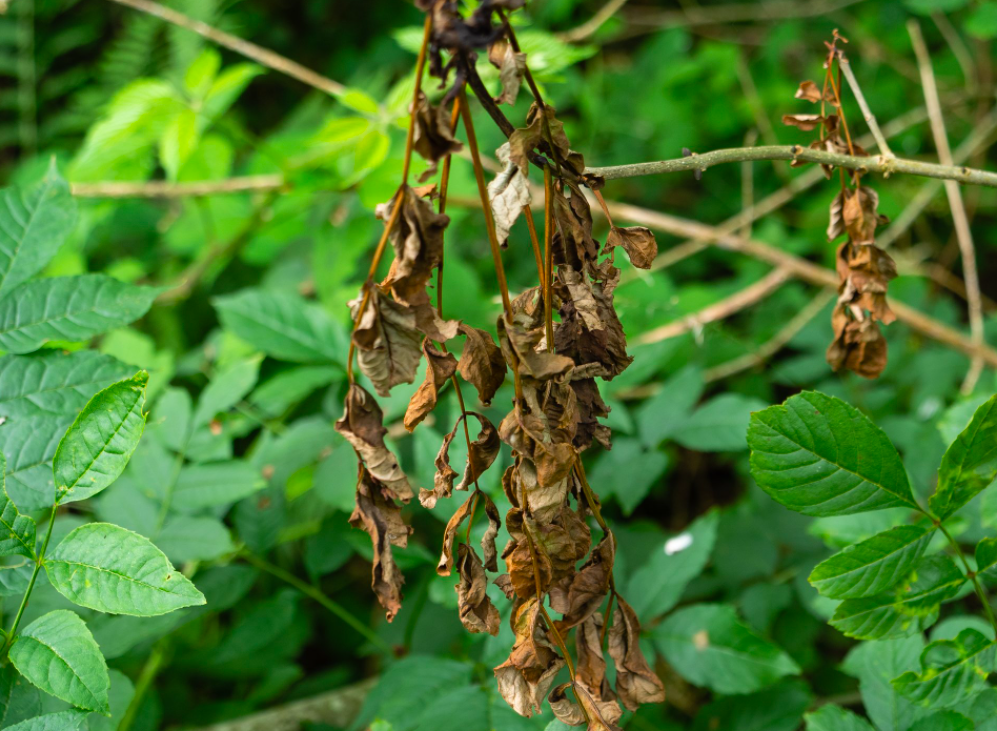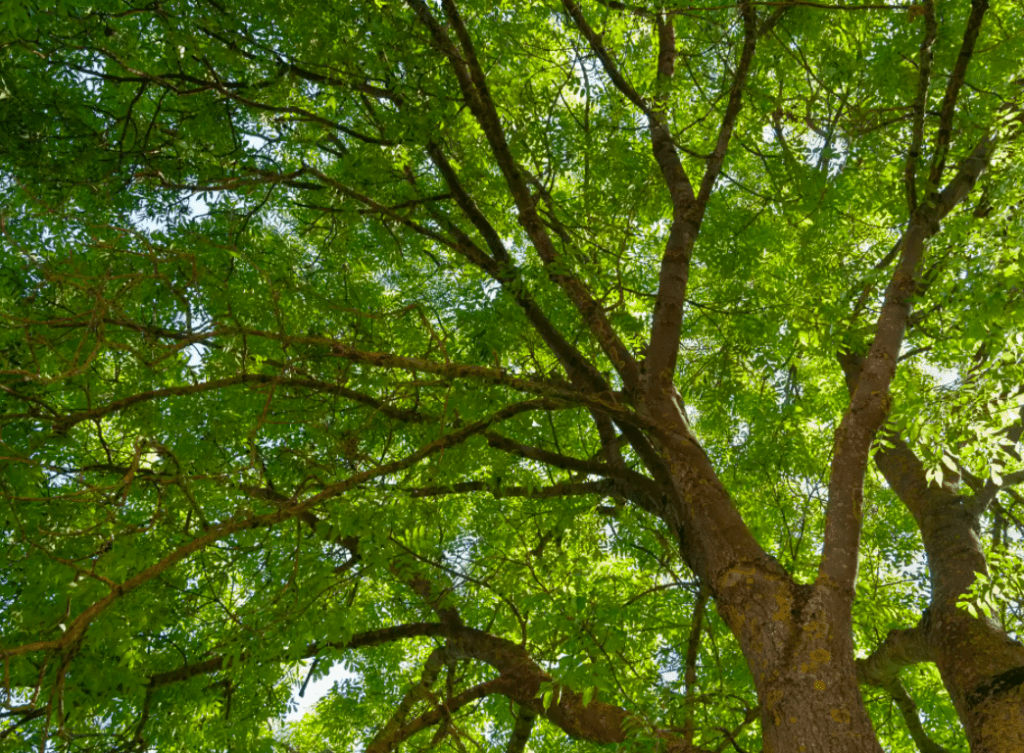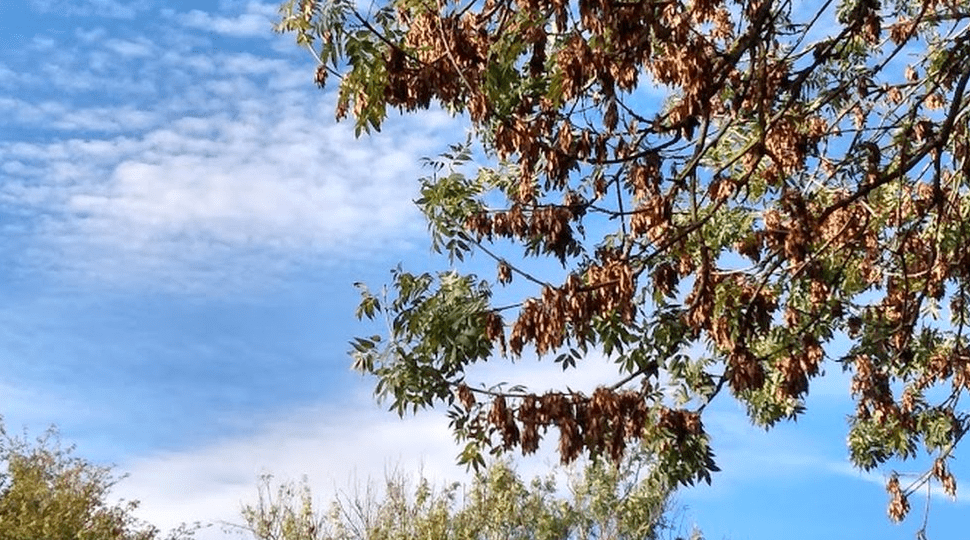The Spread of Ash Dieback (Chalara) in the UK
By Simon Smith
A couple of years ago, there were about 80 million Ash trees in the UK. Currently, this population of Britain’s third most common tree is being steadily decimated from our hedgerows, woodlands and copses by disease and man’s own hand. The decision for this drastic preventative measure was taken in light of the spread of the insidious fungi Hymenoscyphus Fraxinea, commonly known as ash dieback or Chalara, which presents the biggest threat to the ash species seen so far.
Although every effort is made to limit waste and preserve wildlife, the ash dieback disease is predicted to severely affect or kill 80% of ash trees in the UK, dramatically impacting UK flora and woodland landscapes.
For hundreds upon hundreds of miles of roadsides and public areas, tree surgeons are cutting down ash; the resulting ash timber either being burnt or chipped for biomass, with a small percentage of logs being sold onto the Home Grown Timber market.
What is Ash Dieback?
Originally an Asian disease of ash trees that infiltrated English flora through Poland and the Netherlands around 10 years ago, Ash dieback, or Chalara, is a disease caused the Hymenoscyphus Fraxinea fungi that affects the vascular system of ash trees. The disease causes leaf loss and crown dieback, posing a threat to approximately 60 native varieties of Ash trees.
From July to October, the fungi spores in the leaf litter form a fruiting body before releasing more spores. It’s been theorised that the spores can travel dozens of miles in the right conditions, latching on to other Ash leaves, preventing the leaf from carrying out Photosynthesis and leading to the leaf dying and prematurely dropping off.
As the leaf drops, the bacteriological cycle in the leaf litter continues: the fungi spreads down the branch into the trunk, forming cankers and legions. Eventually, the tree dies, becoming unstable and likely to drop on a road or public right of way, hence the mad panic to clear the roadsides first.
There is evidence to suggest that Chalara spores are spread via wind dispersal as well as the movement of infected timber, leaf litter or wood chips from mature trees. One way to halt this spread is to preventatively remove trees that are suspected to have been infected.
The symptoms of ash dieback in trees include:
- Black/browning leaves, often spreading down the stem
- Wilted, shrivelled or contorted leaves in summer
- Black leaves may not drop as quickly as usual in autumn
- Wound-like lesions and spots on the bark
While mature older trees can withstand the disease for extended periods of time, young trees exposed to Chalara succumb to its detrimental effects quickly. While an infected Ash tree can fight back—its Asian counterpart evolved a resistance to it, after all—repeated infections year on year will kill it.
What if Ash Die Back Affects Trees On My Land?
To halt the spread of the disease whenever possible, infected ash trees should be left where they are: they provide vital habitat for many insects, birds, bats, snails and lichen. At least 60 of the rarest insect species in Britain have an association with ash – mostly rare beetles and flies.
Trees infected with ash dieback should only be cut down when presenting a threat to the public, i.e. on footpaths or close to power lines. This is important to not only preserve natural diversity whenever possible but to also allow nature to take its course, letting trees succumb or develop resilience for future diseases and climate change. When trees are cut down, the replacements that are planted include a variety of native species to maintain the genetic diversity that is key to tree evolution.
Looking forward, it is important to act now to minimise the landscape impact of ash tree loss – start promoting new trees and taking better care of existing trees. Although the impact of a nationwide campaign to curtail the spread of the disease will have a devastating impact on the Ash population, some organisations are taking great pains to keep wildlife disruption to a minimum and replace what they take as best they can. The Devon Wildlife Trust, for example, follows the 3/2/1 formula: 3 new trees for the loss of every large tree, 2 for each medium tree, and 1 for a small tree.
During these recovery measures, it is important to ensure new tree plants are sourced from reputable nurseries to further limit the introduction or spread of diseases.
Simple things you can do every day to help prevent the spread of Chalara include:
- Cleaning your shoes before and after visiting a forest
- Avoid taking cuttings home with you
- Washing the wheels of transport vehicles clear of mud
The Spread of Ash Dieback
The UK’s ban on Ash imports and subsequent campaign to cut down infected trees that pose a threat to the public are estimated to cost the UK Economy over 15 billion pounds in total. The predicted high cost is mainly due to the practical cost of the logistics involved in cutting down the trees and disposal of the timber. However, the price is not only paid with money: a drastic decimation of the UK’s Ash population will also affect levels of air purification.
Currently, southeast regions are contaminated worse than other areas, but it is still spreading and with no chemical control availably there is no immediate solution to halt it.
The Properties of Ash Timber
One of the major hardwoods in the UK, Ash has somewhat gone out of fashion, though it will grade to D40 on the old BS EN 1912: 2004 strength grading category (Oak Being D30).
Ash is remarkable as a material for steam bending, shock absorption, furniture and flooring hardwood. It is often used for shafts on tool handles to prevent painful vibrations, and even as wheel spokes in lightweight racing bicycles, providing a more favourable outcome than carbon fibre! From cricket stumps to ladders, from horse shafts to bell-ringing staves, it has unique properties that unlike any other temperate hardwoods.
Ash is an internal timber but can be used very effectively in thermo treatment, making it very stable and very durable for external use. Sadly, however, there is going to be little left to buy or sell or even see growing as part of our rich landscape. It is thought that it will take over 50 years to see Ash growing again in the hedgerows.
Oak, Beech, small-diameter Chestnut… will they be commercially available in the future? Sadly, Ash is a key player that will no longer be a part of this group. Like Elm, it is a tree that will be fondly missed and will be a distant memory only captured in pictures and fading memories…
From 2006, £2.4 million has been donated to the Nornex Consortium to further research and understand of this disease, but in 14 years this disease has really taken hold in the UK and though we are still looking for solutions, it’s hard not to see the impact.
What To Do If You Suspect a Case of Ash Dieback
If you suspect a case of Ash Dieback, report it to Forestry Commission.
Contact 0131 314 6414 or [email protected].
WL West & Sons Ltd is a timber merchant and sawmill business with 150 years of experience. We provide a wide range of timber products and supplies. We also build and install custom projects for our customers.
For more news, tips and updates, follow us on Facebook, Twitter, or Instagram.
For entirely finished products, timber supplies or woodworking tools, have a look at our Retail Shop (which is temporarily closed for lockdown but will re-open closer to the New Year).
Liked this article? More like this:
The Diverse Uses of Dendrochronology and Tree-Ring Dating
